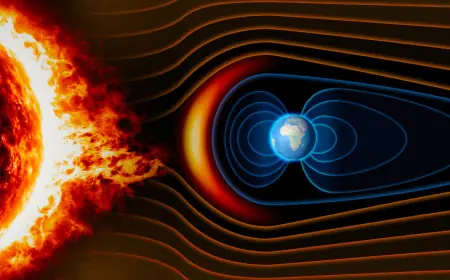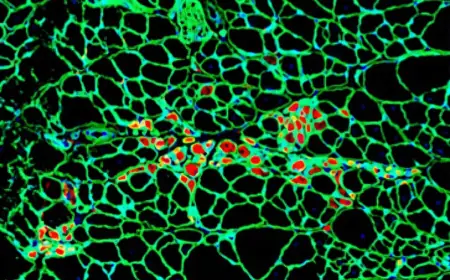The Formation of Lightning and Its Dangers
Lightning is a powerful natural electric discharge in the atmosphere that appears with a flash of light and a thunderous sound. It occurs due to changes in atmospheric conditions, specifically due to the imbalance of electric potential between clouds or between a cloud and the ground. This natural phenomenon is more common in autumn and summer and can pose significant threats to human health, buildings, electronic devices, and forests.

How Lightning Forms
-
Cloud Formation and Movement
In large cumulonimbus clouds, collisions between water droplets, ice particles, and air currents create intense friction, generating electrical charges. -
Separation of Charges
The top of the cloud typically becomes positively charged, while the bottom becomes negatively charged. This creates a strong electric field. Sometimes, the imbalance occurs between the cloud and the ground. -
Discharge of Charges
When the difference in potential reaches a critical level, a sudden discharge occurs as a bright flash — this is lightning. If it discharges between the cloud and the ground, it is called cloud-to-ground lightning. -
Thunder
The lightning heats the air to about 30,000°C, causing rapid expansion and producing a loud sound wave — thunder.
Types of Lightning
-
Cloud-to-ground lightning — the most dangerous form.
-
Intra-cloud lightning — occurs within clouds and is not harmful to the ground.
-
Cloud-to-air — discharges into the surrounding air.
-
Positive lightning — stronger and longer-reaching, more dangerous.
Dangers of Lightning
-
To Human Health
A direct strike can be fatal.
Can cause cardiac arrest, nervous system damage, and burns.
Even nearby strikes can cause injury. -
To Buildings and Infrastructure
Can damage electrical systems and cause fires.
May affect power supply by damaging transmission lines. -
To Nature
Can cause wildfires.
Harmful to animals.
Destroys crops. -
To Transportation
Poses risks to airplanes, ships, and special vehicles, though modern tech reduces this danger.
Protection Against Lightning
-
Lightning Rods
Buildings in lightning-prone areas should be equipped with rods to safely direct strikes into the ground. -
Stay Inside Vehicles or Buildings
Cars are safe because metal conducts the charge into the ground.
Indoors is safer than open fields. -
Avoid Using Electrical Devices
Don’t use phones, TVs, or computers during a storm. -
If Caught Outside
Avoid trees — they attract lightning.
Stay away from water.
Discard metal objects.
Crouch down to reduce ground contact.
Lightning is a powerful and spectacular natural event, but it carries real risks. Understanding it and taking precautions is essential for safety.


























